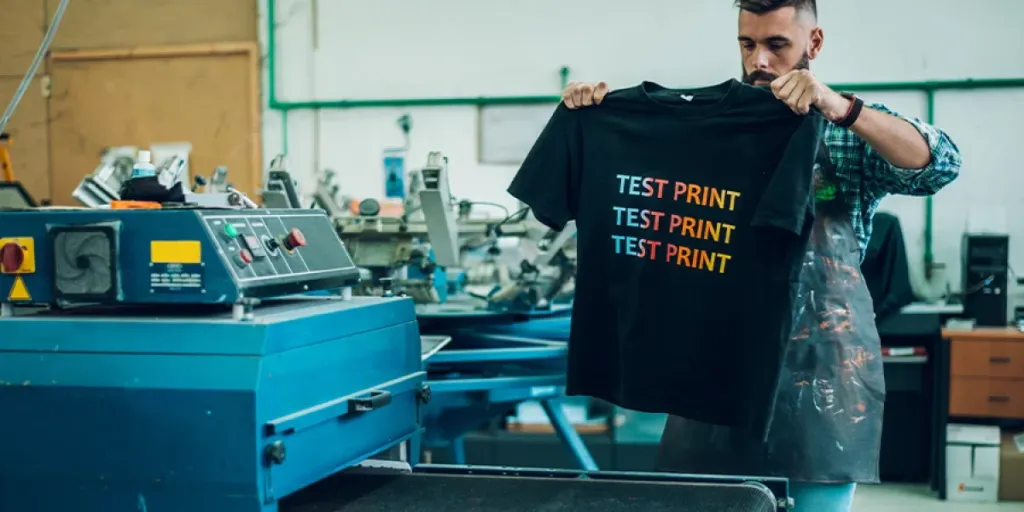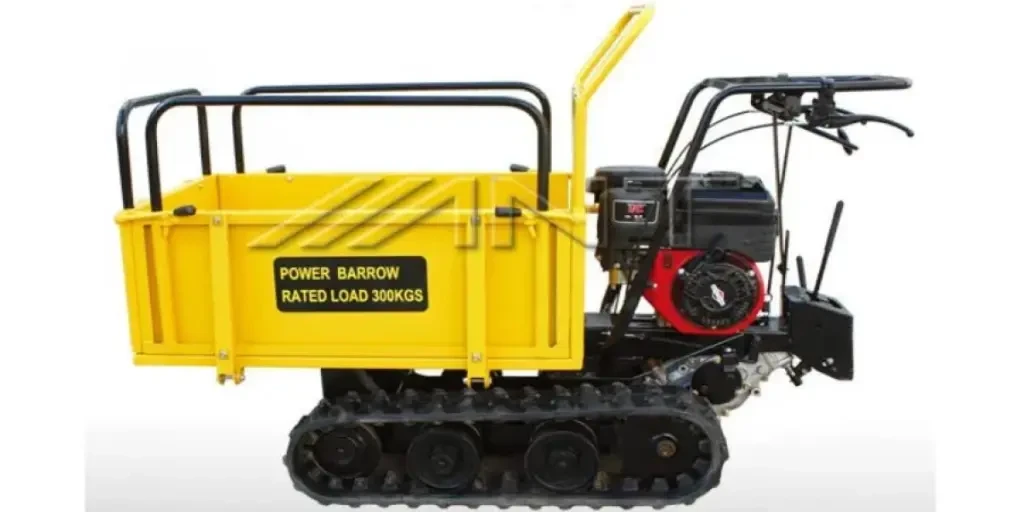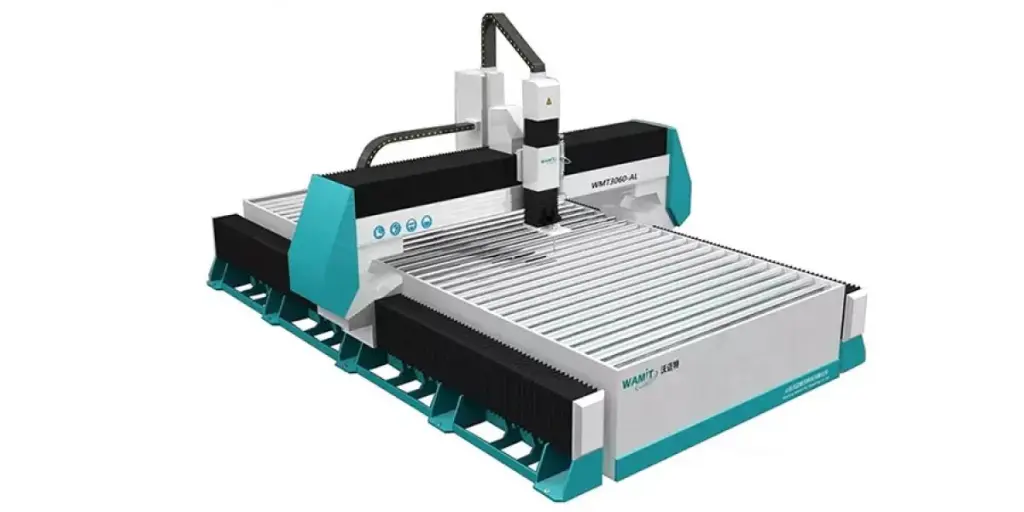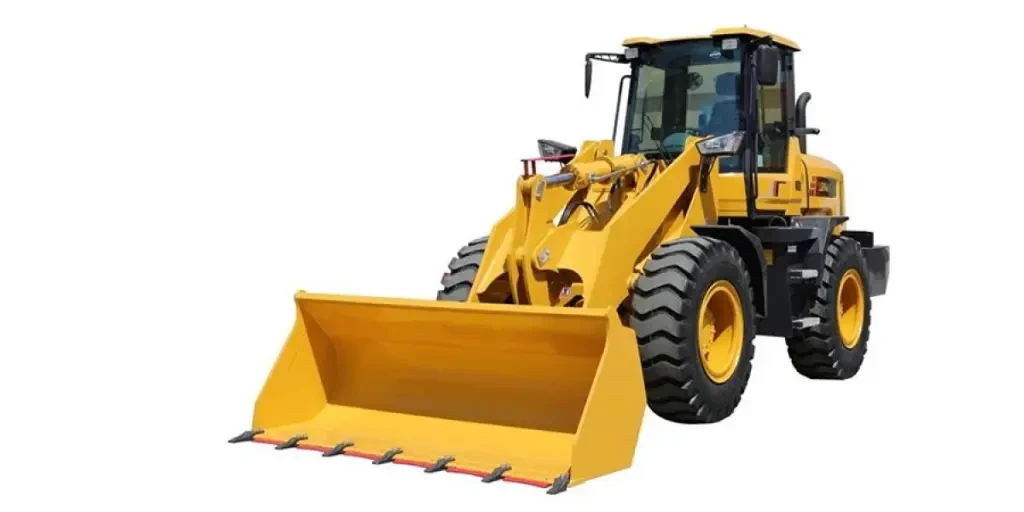Direct-to-film printing is an innovative new printing process that sees an increase in efficiency and quality at an affordable price. Read on to learn more.
Direct-to-film (DTF) printing is an emerging technology that is reshaping the industry and is warmly welcomed by a diverse and committed group of businesses. This new and inventive technology features ease of use, consistency in quality, excellent color performance, and affordable costs of ownership. In this article, we’re going to discover what DTF printing can do for your business.
What is the direct-to-film printing process?
Direct-to-film (DTF) is a process that transfers pre-printed designs onto fabrics or other substrates using a heat press mechanism. Unlike direct-to-garment (DTG) printing, which only works on cotton fabrics, DTF printing can work on cotton and poly-blends.
What is a direct-to-film printer?
As the name suggests, a direct-to-film printer allows you to print a design onto film and then transfer it directly to the intended surface, such as fabric. This printing mechanism allows you to print onto a wide array of fabrics, such as cotton, polyester, synthetics, and silk. DTF printers can work on both dark and white fabrics without the need to press on expensive A and B paper.
How does a DTF printer work?
Regardless of whether you are new to the printing business or trying to expand your existing printing business, the following information on DTF printing can assist you in making a decision on whether to invest in a DTF printer. DTF modified printers typically come with multiple-color ink tanks based on the CMYK color gamut. DTF printer ink is specifically designed to be used in this process.
Additionally, the DTF process eliminates the need for roll feeders, which are known to cause the page to slide. This improves the appearance of any linings on white layer prints. If you are looking for a printing technology that produces images on fabric surfaces with the highest level of quality and close imitation of the source image, DTF is the best option available.
Hot-melt adhesive powder
Direct-to-film printing powder is a white granular material that works as an adhesive. This helps bind the colored pigments to the surface you are printing onto. DTF hot-melt powder comes with different micron grades.
Direct-to-film printer films
A DTF printer uses Super Latex PET film, which is different from the film used in screen printing. This film is also known as DTF transfer films. They come either in sheets for small-scale applications or in rolls for mass production. PET film comes in two categories based on the operating temperature. PET is a cold-peel type film.
DTF inks
The ink used for DTF printing is a unique type of pigment that comes in cyan, yellow, magenta, white, and black. The color white is used to develop a base layer for
your print, while the other colors are fused to reproduce the design on the film.
Curing oven
A curing oven is a small-sized industrial oven that melts the hot-melt powder for it to be transferred to the transfer film. Alternatively, you can also use a heat press machine to perform this function. The heat press machine can also be used in a no-contact mode.
Heat press machine
This machine helps transfer the image onto your film then onto the desired surface. You can also use this machine to melt powder onto your DTF film.
Software required for DTF printing
Very specific software drives the performance of DTF printers. Software is a major factor in color performance, ink features, and the resulting print quality. For DTF printing, you will require a specialized raster image processor, or RIP, software to handle your white and CMYK colors.
Software controls color profiling, drop sizes, ink levels, and several other critical factors that contribute to print quality.
Automatic powder shaker
A powder shaker helps DTF printers spread powder evenly and remove any excess. This component is more often used in mass production.
Pros and cons of DTF printing
Let’s take a look at the pros and cons of DTF printing technology.
Pros
- Does not require any pre-treatment
- Can be used on almost any material or fabric
- The printed image has excellent wash resistance
- The process is easier to operate and faster than DTG printing
Cons
- The printed area has a texture that is more noticeable than sublimation printing
- The color vibrancy is somewhat lower than sublimation printing
Source from Procolored
Disclaimer:The information set forth above is provided by Procolored independently of Alibaba.com. Alibaba.com makes no representation and warranties as to the quality and reliability of the seller and products.





Somebody essentially assis to make significantly posts I might state.
Thiis is the first time I frequhented ykur website pahe and soo far?
I urprised with the reseach youu made too create this actual subhmit incredible.
Fantastic task!
I’m not sure where you’re getting your information, but great topic. I needs to spend some time learning more or understanding more.
Thanks for fantastic information I was looking for this info for my mission.